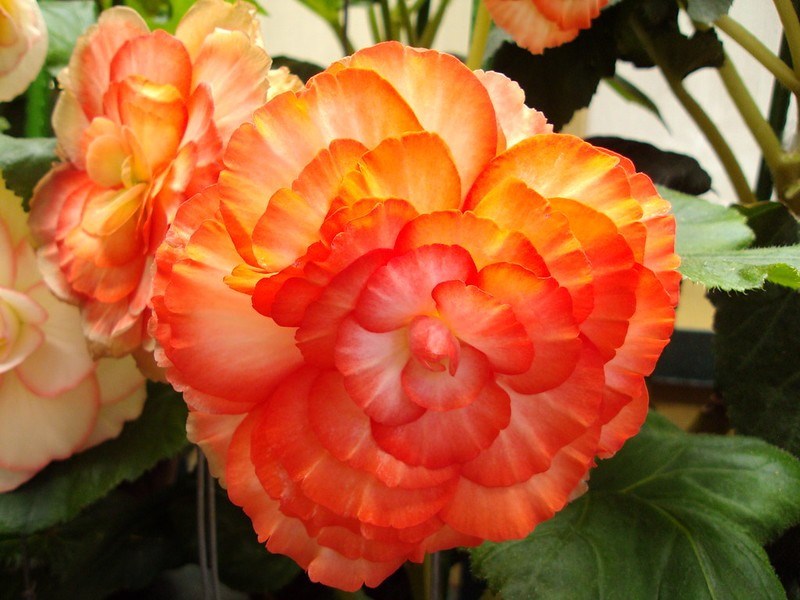The heat is gone, the snow is here and it’s the perfect time to plant bulbs.
To that end, The Cochrane Horticultural Society brought in a special guest for an information session on how to harvest, store and plant bulbs and tubers last week at Cochrane Alliance Church.
The round table discussion with special guest Elaine Rude was a hit with members of the Society.
Rude is a Master Gardener, a garden designer, instructor, and writer. She gardens on four acres in NW of Calgary growing vegetables, fruit, numerous perennials, shrubs, and trees. Rude is very aware of the challenges faced gardening in the Chinook Zone but paying attention to our site, choosing the right plants, and growing them in a sustainable way to ensure gorgeous gardens.
“There are so many opportunities to create great prairie gardens we just need to believe it’s possible,” she said.
Bulbs, collectively known as geophytes, exist on every continent except Antarctica.
Begonias are a popular choice, providing a burst of colour.
Dig begonia tubers when the foliage starts to yellow, or after the first killing frost. Cut the stems to about five inches, and allow tubers to cure (dry) indoors at room temperature, out of direct sunlight, until the remaining stem pieces are dry and loose.
Put the tubers on screen trays or pack them in dry peat, sawdust, sand or other insulating material. Store tubers in a dry, dark, cool (above freezing) area. In the spring, start begonia plants by placing the tubers on damp potting soil in a warm environment.
In the spring, start begonia plants by placing the tubers on damp potting soil in a warm environment. When roots and tops have started, plant them in pots in rich, well-drained potting soil. Bring outdoors when all danger of frost is past and place in a shady spot.
In general all bulbs are divided into tender and hardy types. Growth and flowering are triggered by rain (tender) temperature, (hardy) or both. Hardy bulbs must experience winter temperatures to initiate their growth cycle, but they produce roots before this time, so the warm soils of late summer and fall provide the perfect conditions to kick start the rooting process.
Participants had many questions and shared their gardening accomplishments and challenges with other passionate Zone 3a-3b gardeners.
As a bonus, Little Daisy Florals donated unique dahlia tubers recently harvested from their floral farm. These tubers are not readily available to the general public and were sourced from Canadian Wholesaler Unicorn Blooms.
Rude is also a dahlia lover and shared tips on storing, dividing, and successfully growing this beautiful flower in our shorter growing season.
Any funds raised from tuber donations will be put towards the Society’s biannual fundraiser.
A sample of the variety of tubers: Café au Lait (dinner plate type); White Swan lowey; Nicky; Cornel Brons; Salmon Runner; Pink Perception; Orange Perception; Muchacha; Rocco (mini ball); Breakout; Innocent Silence, and Sweet Natalie.



